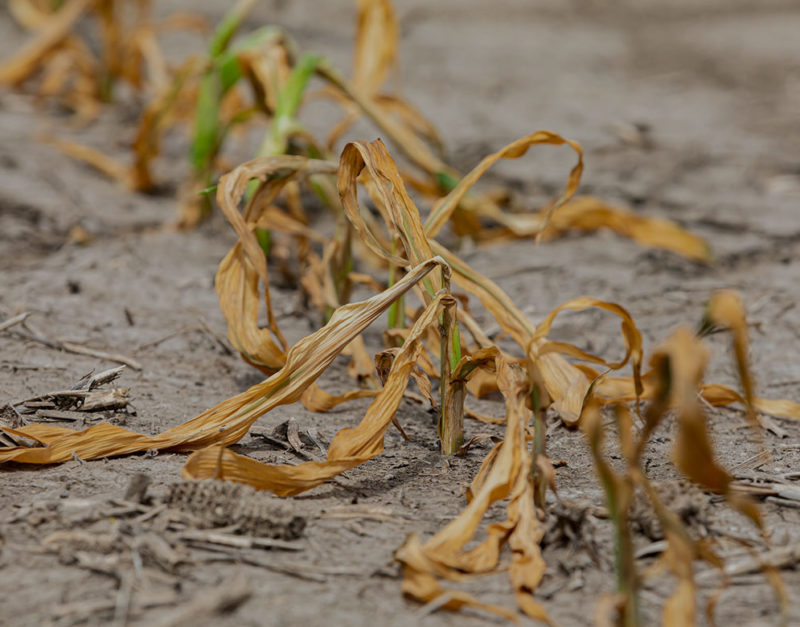 August 30, 2022
August 30, 2022 Despite environmental groups filing numerous pesticide lawsuits in 2017 and subsequent years, dicamba, a selective herbicide manufactured by Bayer, is still being used.
The chemical, which is in more than 1,100 products, was outlawed in June 2020 after a U.S. appeals court ordered the Environmental Protection Agency (EPA) to cancel dicamba registrations. The court noted the EPA had substantially understated the risks associate with its use. By October 2020, however, the EPA allowed two dicamba products to register for use, citing new controls the manufacturer put on to prevent drift.
Some have said the controls don’t work at all.
For the 2021 growing season, the EPA received 3,500 reports of dicamba damage. Among the crops being wiped out by the toxin are grapevines, rice, peanuts, sweet potatoes, and beets. Now, the EPA has asked for more time to evaluate dicamba, a weed killer linked not only to the destruction of nearby crops but also to cancer.
How is Dicamba Used?
The herbicide, which is in the chlorophenoxy family of chemicals, is often used in large amounts to kill weeds primarily between growing seasons to prepare fields for planting. It is used on crops such as hay, corn, or wheat, and in fields and pastures. Since 2016, dicamba has been used on soybean and cotton plants which were genetically engineered to resist its toxins. The problem is, according to The Ohio University State’s study, as dicamba is applied, it hangs in cool air and drifts over neighboring crops that don’t have that protection. The OSU study shows movement of dicamba is well-documented in Illinois, Indiana, and Missouri.
What are the Effects on Humans?
With short-term exposure, people can exhibit symptoms such as:
- Dizziness
- Nose irritation
- Coughing
If swallowed a person can exhibit:
- Vomiting
- Loss of appetite
- Muscle spasms
Long-term exposure to dicamba has been linked to such cancers such as lymphoma and lung cancer. An analysis of a federal agricultural health study published in the International Journal of Epidemiology (IJE) showed links between dicamba use and liver and bile duct cancers, even when the exposure had taken place 20 years earlier.
“For the EPA to approve widespread use of this poison across much of the country without assuring its safety to people and the environment is an absolute indictment of the agency’s persistent practice of rubber-stamping dangerous pesticides,” said Nathan Donley about the IJE study results in a Center for Biological Diversity press release.
Farmers, home gardeners, landscapers, and those who work with plants regularly, such as nursery and home improvement store employees, are most at risk to being exposed to dicamba. The exposure comes when they spray and inhale the vapor or touch plants still wet with herbicide.
How We Help Victims of Pesticide Exposure
With a national presence and a wealth of experience prosecuting pesticide exposure cases, Waters Kraus Paul & Siegel has battled corporate giants on behalf of individuals like you for 20 years, aggressively fighting to hold them responsible for failing to keep workers safe. If you have suffered catastrophic injury or cancer caused by Monsanto’s Roundup weed killer or other harmful chemicals, we can help.


